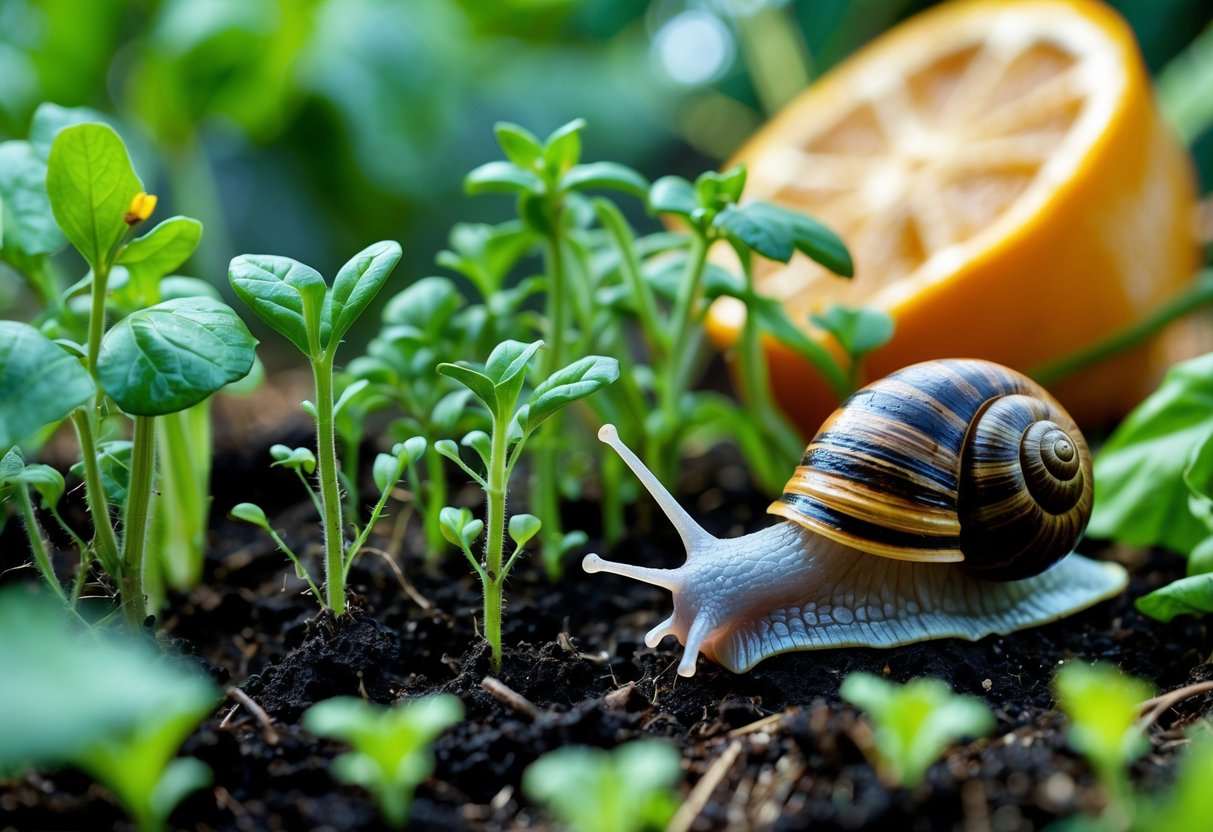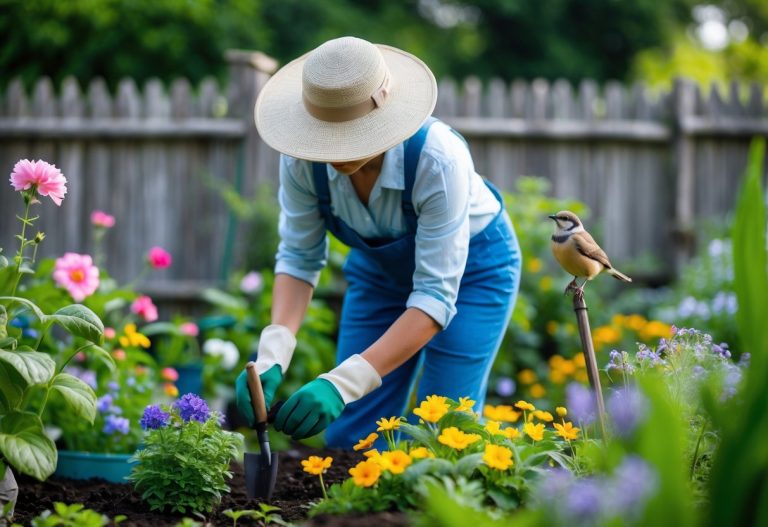How to Get Rid of Slugs and Snails in your Garden
So, you’ve got a slug problem or maybe a full-on snail infestation. These slimy pests munch on decomposing plant matter at first, but it doesn’t take long before they’re chewing holes in your fresh seedlings and tender leaves.
They can absolutely devastate young plants if you don’t act quickly.
Manual Removal Methods
If your slug and snail situation isn’t out of control, you can just pick them off by hand. Wear plastic gloves or use tweezers if you don’t want to touch the slime. Toss the collected pests into salty or soapy water to finish them off.
Wash your hands or tools with warm water and vinegar to get rid of any lingering slime. It’s surprisingly effective.
Important: Don’t pour salt water onto your soil, though—it’ll harm your plants and the earth.

Creating Alternative Habitats
Want to lure garden pests away from your favorite plants? Give them somewhere else to hide:
- Flat timber pieces on the ground
- Layers of leaves under boards
- Inverted cabbage leaves tucked in corners
- Citrus rinds from oranges or grapefruit
Slugs and snails like to hide from the sun. Try one of these homemade shelters during the day.
Drop them straight into the garbage bin—no mercy for garden wreckers.
Trap Systems That Work
Let’s talk traps. Beer traps attract slugs and snails like nothing else. The smell of fermentation is irresistible to them.
Bury a yogurt container so the rim is at ground level and fill it with beer. Make sure it’s deep enough so they can’t crawl back out.
If you don’t have beer, try a mix of yeast and honey boiled in water. Check and empty the traps daily, or you’ll end up with a stinky mess.
Dry pet food traps work too. Use a bowl-shaped container and cut holes in the sides for easy access. An upturned foil pie dish does the trick here.
| Trap Type | Bait | Container | Check Frequency |
|---|---|---|---|
| Beer Trap | Beer or yeast mixture | Buried yogurt container | Daily |
| Food Trap | Dry cat/dog food | Foil dish with holes | Daily |
| Commercial | Store-bought attractant | Pre-made trap | As directed |
Physical Barriers
Want to keep slugs and snails away entirely? Make it uncomfortable for them to cross:
- Crushed eggshells scattered around your plants
- Coarse sandpaper strips in strategic spots
- Copper tape wrapped around pots, beds, or trunks
Copper gives them a mild electric zap when they touch it. It doesn’t kill them, but they’ll turn right around.
Natural Deterrent Sprays
Homemade sprays can send slugs and snails packing:
- Equal parts vinegar and water—spray it directly on pests or the soil around them
- One part ammonia to four parts water for a stronger punch
Spray in the evening when these critters are most active. Otherwise, you might miss them.
Beneficial Predator Encouragement
If you prefer to let nature handle things, bring in some natural slug and snail eaters:
- Chickens and ducks—they’ll hunt slugs and snails all day
- Frogs and toads—these guys eat a ton every night
- Birds—they’ll pick off pests they can spot during the day
Commercial Treatment Options
When natural methods fall short, commercial products step in as solid alternatives. Iron phosphate baits are effective and have a lower environmental impact than traditional metaldehyde formulas.
These baits break down naturally, making them generally safe for pets, children, and wildlife. That’s a huge relief if you have curious animals or little ones running around.
Diatomaceous earth acts like a microscopic minefield, damaging soft-bodied pests when they crawl over it. Just sprinkle a thin layer around your most vulnerable plants, but do it during dry spells—rain washes it away fast.
Honestly, your choice depends on your garden’s size and how bad the pest problem is. Sometimes mixing a few methods is the only way to really get ahead of these stubborn invaders.
Find out about other Garden Pests
Get Rid of Slugs and Snails in the Garden: Proven Methods That Actually Work


